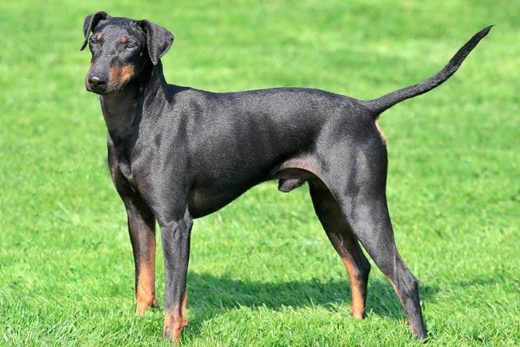One of the world’s most recognizable dog breeds, Basset hounds are known for their long bodies, floppy ears, and easy-going demeanor. Originally bred as scent hounds, these dogs are highly social and not in need of much exercise, making them great family and small-space companions.
History
The Basset hound breed originated in France, bred by monks at the St. Hubert monastery. It is believed to have descended from the St. Hubert Hound, which was a popular hunting dog during the 8th century. The Basset hound was originally bred to be a scent hound, used to hunt small game such as rabbits and hares.
In the 18th century, the Basset hound was brought to England by the Duke of Richmond and Gordon. The breed became popular with the British aristocracy, who prized its short legs, long body, and strong sense of smell, which made it an excellent choice for hunting in dense undergrowth.
The Basset hound was officially recognized as a breed by the English Kennel Club in 1887. The Basset hound’s popularity spread to the United States in the early 20th century, and the American Kennel Club recognized it as a breed in 1935. Today, the breed is a beloved family companion dog.
Basset hound size and appearance
The Basset Hound is a medium-sized, short, and long-bodied dog that is easily recognizable by its large ears and droopy eyes. These dogs are considered an achondroplastic breed, meaning their limbs are abnormally short. Their name comes from the French word “bas,” meaning “low,” which refers to its short legs, as they typically stand between 12 and 15 inches tall.
Despite their short height, they can weigh between 40 and 65 pounds. In fact, Basset hounds have more bone per pound than any other dog. Don’t be fooled by their low-slung stature: these are surprisingly hefty dogs, and most people struggle to carry a full-grown adult Basset.
These dogs have a long, deep chest and a large, domed skull. Their coat is short, smooth, and dense, coming in a variety of colors, such as red and white, black and white, and tri-color.
Grooming
Basset hounds’ short, coarse coat requires minimal grooming. A quick brushing once a week should be enough to keep the coat clean and healthy. Brushing also helps keep shedding under control, because this breed has a thick and heavy coat which tends to shed a lot. It is important to note that Basset Hounds have an oily coat, so shampooing should be done sparingly.
One of the most important grooming needs for the Basset hound is cleaning and checking their ears. As their ears are quite long and droopy, they can easily become filled with wax, dirt, and debris. It is important to check the ears regularly for any signs of infection, and to clean them with a damp cloth or cotton balls.





